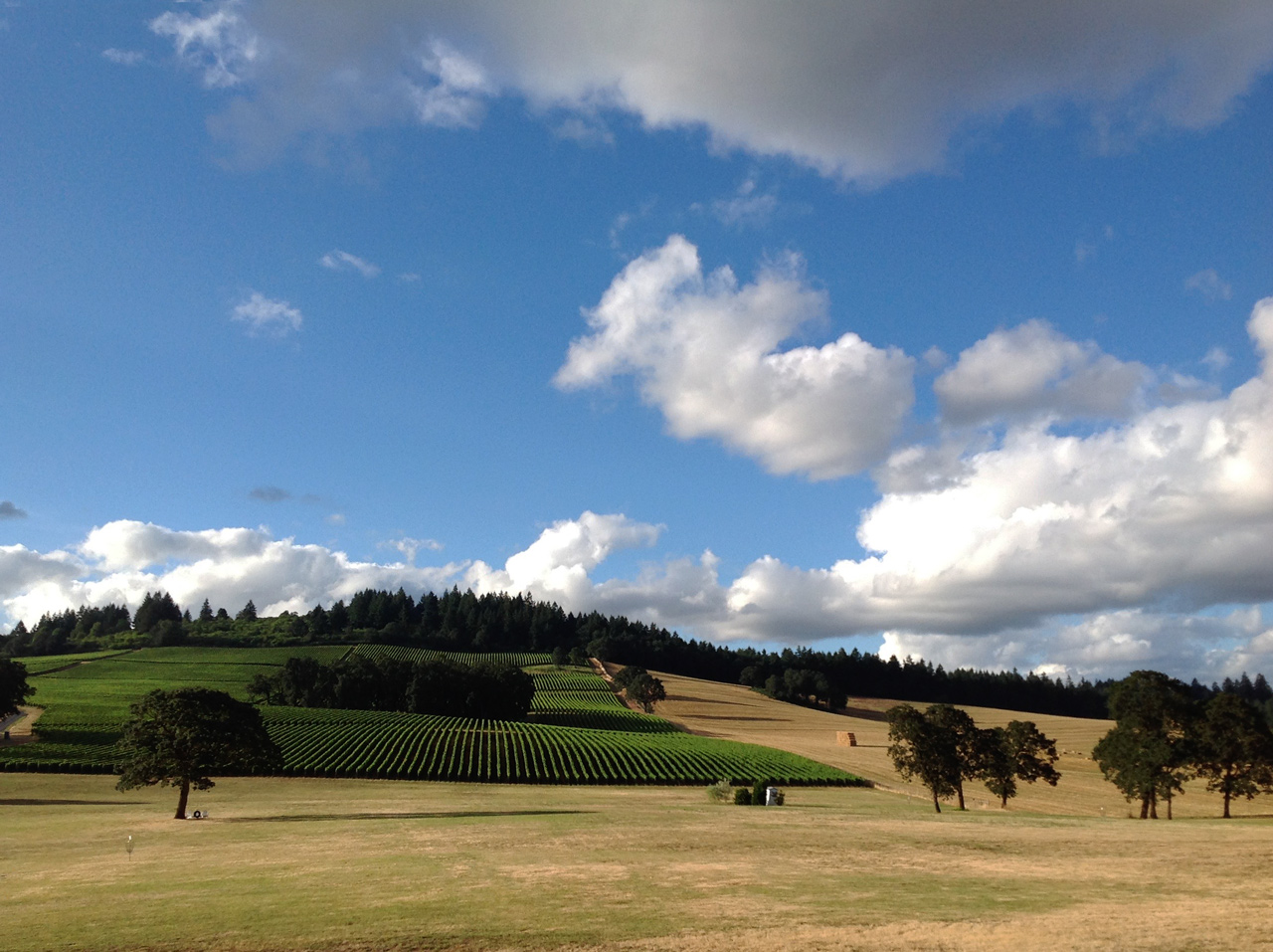Reviewing wines is like reviewing clouds. There are styles and types: this one is frilled, that one diaphanous, these are nebulous, those like sharp streaks across a cerulean sky. Clouds are part of a system in motion, one thing one minute, something else the next. They are there, then not there. They change with air.
Or perhaps reviewing wines is like reviewing blades of grass, or pink meadow flowers. How shall I talk about a pink meadow flower? What shall I say about the shape of the blossom, the particulars of texture, the way the corolla unfurls from its calyx? And once I’ve described the one, haven’t I nearly described them all? I reach for more adjectives, resort to analogy and metaphor, to personification: This one’s paler, that one more rubescent. This one’s fragile, that one more robust. It’s hard enough with two flowers. Now try a thousand.
Yet that is the task of the wine critic, the wine writer or reviewer: First describe the ur-wine, then say how it differs from all wines of its type. It’s hard enough with two. Now try a thousand.

But perhaps we can learn more from this flower, or from “flower” writ large. Each flower has an essential character, a DNA, and a conditioned character, a personality. In botany those are called genotype and phenotype. The first dictates what the flower can be based on its genetic coding. The second describes what the flower has become based on its environmental conditions.
The same applies to wine. Take Cornas, a varietal Syrah from the Northern Rhône. Cornas has a recognizable signature, an essence. It is meaty, floral, earthy, and tannic. This identity derives from essentials of the grape (Syrah) and the place in which its grown (an undulating pitch above the river near Valance, a mix of aspects and elevations, crumbly granite soils). It is vine plus terroir. That’s the wine’s genotype.
An array of additional factors imbues any given bottle of Cornas with personality. They include vintage and its vagaries, environmental conditions, and the vigneron’s methods, which themselves are a cocktail of philosophy, tradition, history, and fashion. Layered on top of the Cornas persona is the character it earns from its life in field and bottle. It is variable, unique, individual. That’s the wine’s phenotype.
How well a bottle expresses its genotype and phenotype is the essence of typicity. Cornas will never read like Pinot noir from Burgundy, even if the makers share a philosophy. Cornas will never read like Syrah from Sonoma Coast, even if the clone is identical. But even across Cornas producers, or in one producer’s cellar across vintages, the wines will be different. That’s phenotype talking (over and over).

Which comes first, genotype or phenotype? Both, and neither. A taster must understand a wine’s essential character in order to evaluate how a given bottle lives up to that potential. But they must also open themselves to the particulars of each glass and what those say, collectively, about essence. Evaluating many wines is a bottom-up exercise in taxonomy that cements the archetype in the taster’s mind. Over time it can also reveal genetic drift caused by factors small (fashion) to large (climate chaos).
Tasting is a fragile exercise, conducted after the briefest negotiation between wine and sensorium. It’s informed by the taster’s personality, history, training, and world view, informed, in other words, by their own messy chemistry, both literal and figurative. The taster who also writes is tasked with devising words for each example beyond “meaty, earthy, floral,” in language that feels personal and authentic. Let’s acknowledge that’s not always easy, or even possible.
Let’s also acknowledge that perhaps the more important skill is being able to grasp what a wine is, has been, and could yet become.





Thank you for expressing the idea of a wine’s essence so beautifully.
Thank you, Fredric, for reading and for this incredibly kind remark.
It’s a version of nature versus nurture, but acknowledges that both are critical. No $1 bets between the Duke brothers in this case. 🙂
David, I confess I don’t know the reference. Can you explain?
The movie Trading Places – the Duke brothers have a bet as to whether nature or nurture is the determining factor in a person’s life.
With wine it certainly is both!
Thank you! Indeed.